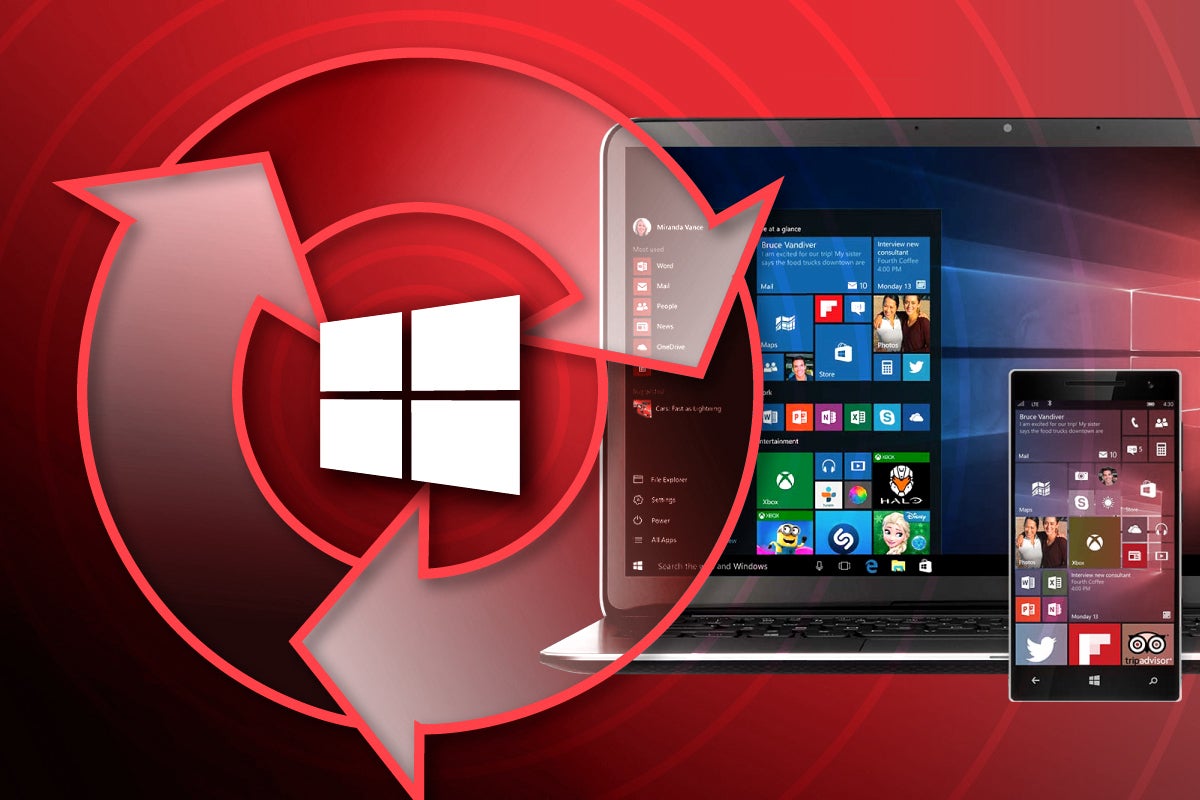Evolving 5G Security for the Cloud
US federal agencies leading on cybersecurity discuss incidents in terms of ‘left of boom’ and ‘right of boom’. ‘Boom’ is the incident in the form of an attack or breach. ’Boom’ can vary widely from known attacks to zero-day or novel attacks. ‘Left of boom’ is the preparation to defend against an incident and ensure processes are in place to respond and recover. This phase inherently focuses on known attacks and vulnerabilities. ‘Right of boom’ is the response to the incident.
Solarwinds was a novel attack uncovered in December 2020 that combined multiple zero-day attacks enabling a malicious actor to exploit the software supply chain, gain access to resources, perform reconnaissance on the network, and move laterally through the network to expand the reconnaissance mission. A significant outcome of Solarwinds was a full court press from US federal agencies driven by the directives in the President’s Executive Order (EO) 14028, Improving the Nation’s Cybersecurity [1].
Solarwinds shifted the focus to Zero Trust
Solarwinds was an inflection point for cybersecurity, particularly as services migrate to the cloud. Perimeter-based defenses provide value to secure assets, but alone are insufficient. Security controls must be implemented with the assumption that the adversary is already inside the network to detect and prevent lateral movement, reconnaissance, and data theft. This is important to consider for 5G cloud-based deployments, as 5G will be a general digital platform for enterprise and society that supports critical infrastructure, mission critical applications, public safety, smart manufacturing, connected car, and other realtime, low latency use cases. 5G is the first cellular technology designed for the cloud where the expanded attack surface could create opportunity for a cyberattack that has greater impact, while at the same time there is reduced risk tolerance.
The increased risk from cyberattacks has advanced interest in zero trust architecture (ZTA) for 5G cloud-based deployments. The principles of a zero-trust architecture (ZTA) for 5G cloud deployments are based on perimeter-less security…


